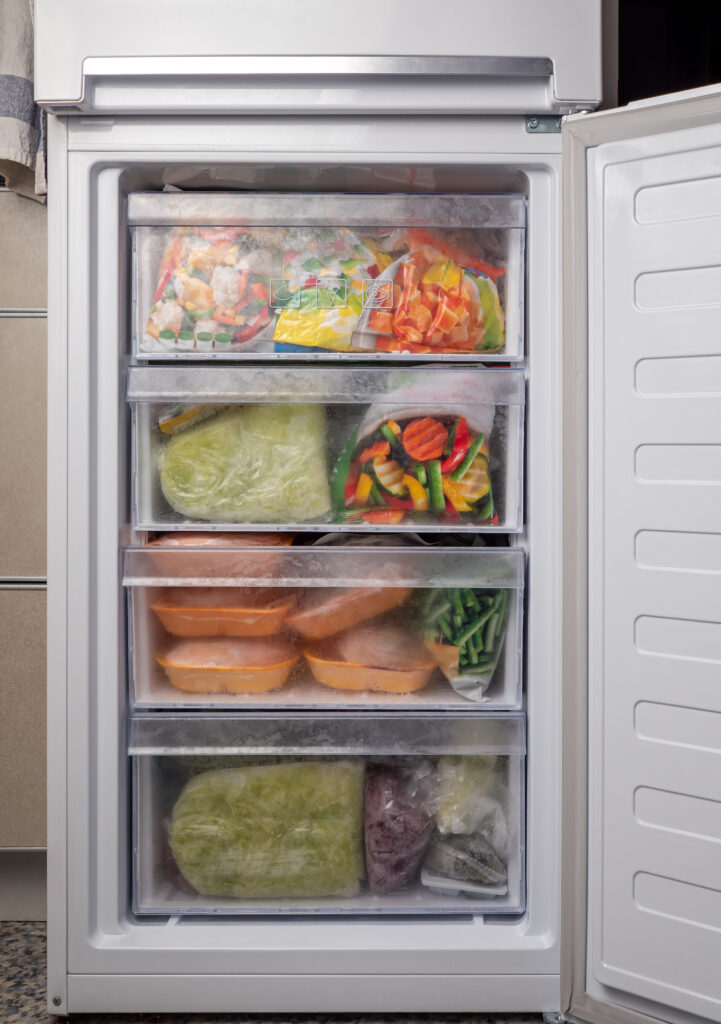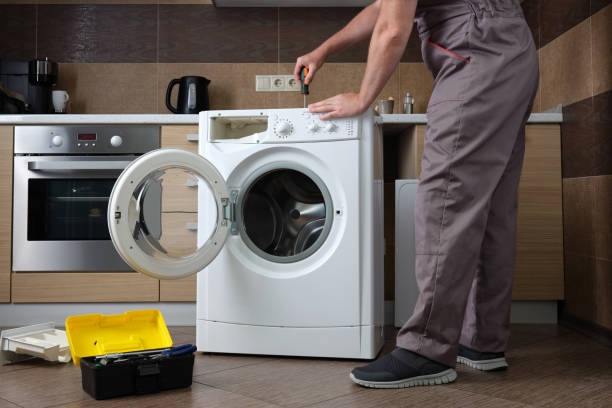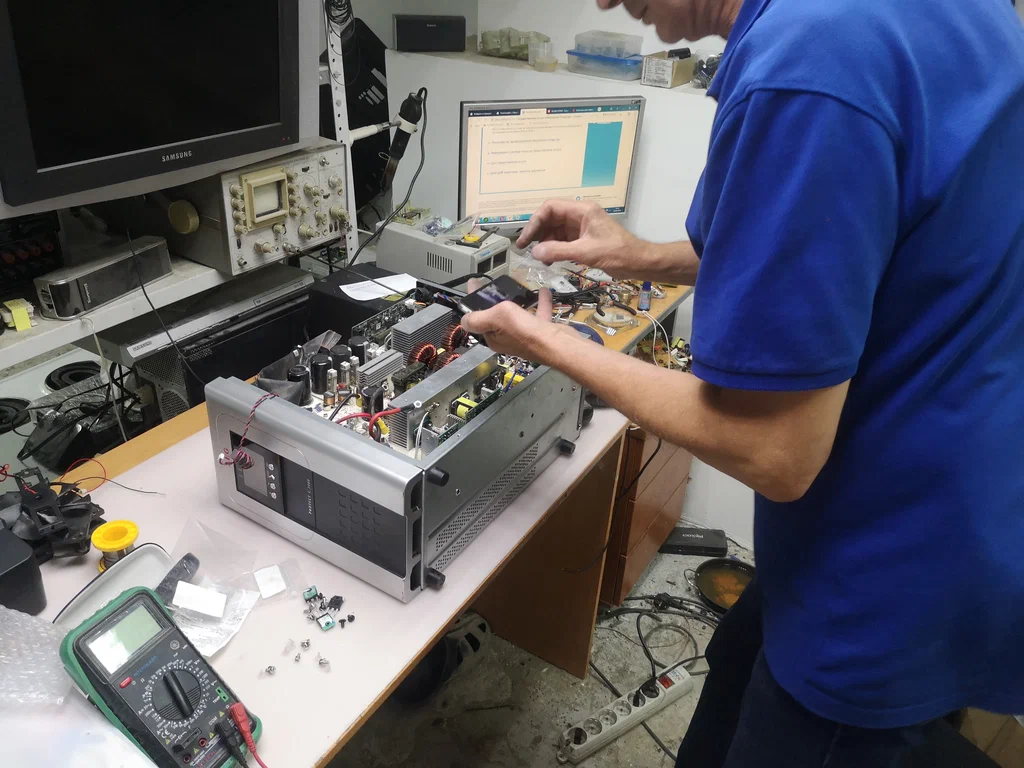Washing machines are essential appliances that make our daily lives easier by keeping clothes clean quickly and efficiently. However, when your washing machine stops working, leaks, or makes unusual noises, it can disrupt your routine and create frustration. Many homeowners think repairing a washing machine is complicated, but with proper guidance, it can be simple, safe, and cost-effective. At Atlas Appliance Repair, we understand how important it is to have a fully functioning washing machine, and we’re here to help you troubleshoot and fix common issues.
In this comprehensive guide, we’ll walk you through step-by-step instructions for repairing your washing machine, explain the most frequent problems that occur, and share preventive tips to keep your machine running smoothly for years. With our advice, you can save money while extending the life of your appliance.
Understanding Common Washing Machine Problems
Before diving into repairs, it’s important to understand the common problems that washing machines face. Identifying the problem correctly makes the repair process smoother and prevents further damage.
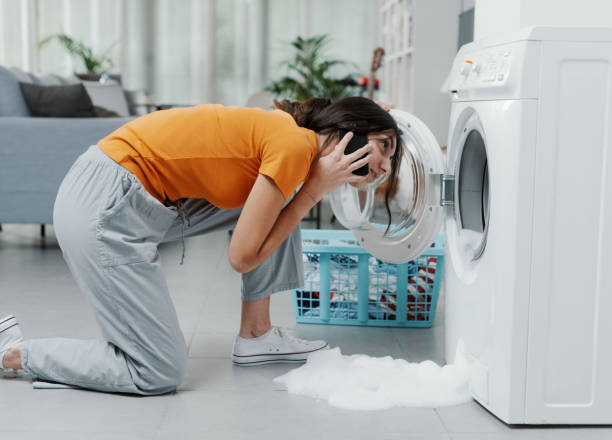
- Washing Machine Won’t Turn On
This is usually a power-related issue. It could be a faulty power outlet, damaged plug, or blown fuse. - Water Not Filling Properly
If your machine isn’t filling with water, the issue could be a blocked water inlet valve or kinked hoses. - Washing Machine Leaking
Leaks often come from loose hoses, worn-out gaskets, or cracks in the drum. - Unusual Noises During Operation
Grinding, banging, or squealing sounds may indicate loose parts, worn bearings, or foreign objects stuck in the drum. - Machine Not Spinning or Draining
If clothes are wet after the wash, the problem could be a clogged drain pump, broken belt, or motor issues.
Safety First: Precautions Before Repairing
Repairing a washing machine involves electricity and water, so safety is crucial. Follow these precautions:
- Unplug the Machine: Always disconnect the power before inspecting or repairing.
- Turn Off Water Supply: Prevent flooding by shutting off the water valve.
- Wear Gloves: Protect your hands from sharp edges and detergent residues.
- Use Proper Tools: Screwdrivers, pliers, multimeter, and a bucket are usually enough for most repairs.
Step-by-Step Guide to Repairing Your Washing Machine
1. Check the Power Supply
If your washing machine won’t turn on, start by examining the power supply. Plug another appliance into the same outlet to ensure it’s working. Inspect the washing machine’s power cord for any visible damage. Also, check your fuse box or circuit breaker for blown fuses. Often, the issue can be as simple as a tripped breaker or a faulty plug.
2. Fix Water-Filling Problems
If your machine isn’t filling with water, inspect the inlet hoses for kinks, twists, or blockages. Clean the inlet filters to remove debris that may be restricting water flow. If the hoses and filters are fine, the water inlet valve may be defective and might need replacement to restore proper water filling.
3. Repair Leaks
Leaks can damage your floor and your machine if ignored. Check and tighten loose hoses at the back of the machine. Inspect rubber gaskets around the door and drum, replacing them if worn out. Occasionally, leaks are caused by cracks in the drum, which typically require professional repair.
4. Solve Noisy Operations
Unusual noises can often be fixed without extensive work. Start by checking for foreign objects like coins, buttons, or small items stuck in the drum. Tighten any loose bolts, screws, or support brackets. In some cases, worn bearings may cause grinding or squealing sounds and will need replacement to operate quietly.
5. Fix Spinning and Draining Problems
If your washing machine isn’t spinning or draining, inspect the drain pump for blockages and clear any debris. Check the drive belt for wear or damage and replace it if necessary. If the motor appears to be malfunctioning, it’s safest to consult a professional technician. Following these steps carefully can resolve many common washing machine problems efficiently at home.
Preventive Tips to Keep Your Washing Machine Healthy
Repairing your machine is important, but preventing problems saves time and money. Here are some simple tips:
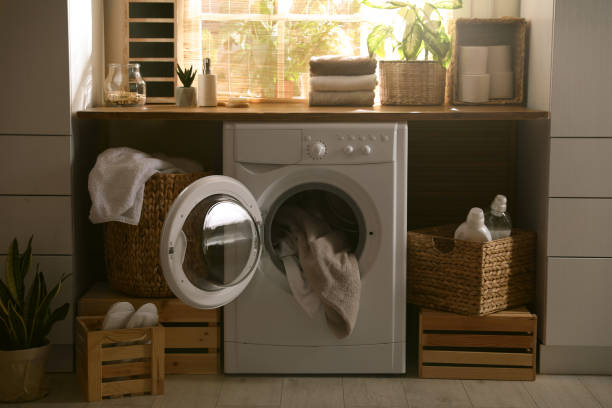
Don’t Overload the Machine:
Putting too many clothes in the washing machine can strain the motor and drum. Overloading may cause uneven spinning and excessive wear on internal parts. Always follow the recommended load size to ensure smooth operation.
Use Proper Detergent:
Using the right type and amount of detergent prevents residue buildup inside the drum and hoses. Too much detergent can leave soap scum and cause unpleasant odors. High-efficiency machines especially require compatible detergents for optimal performance.
Clean Regularly:
Run a monthly cleaning cycle to remove dirt, soap scum, and mineral deposits. Wipe down the door gasket and detergent drawer to prevent mold growth. Regular cleaning keeps your machine fresh and extends its lifespan.
Inspect Hoses Periodically:
Check inlet and drain hoses for cracks, leaks, or blockages at least once a year. Damaged hoses can cause water leakage and reduce washing efficiency. Replace old or worn hoses every few years to avoid unexpected flooding.
Level the Machine:
Ensure your washing machine sits flat on the floor to prevent vibrations and excessive noise. Uneven placement can strain the drum and motor over time. Adjust the machine’s feet to maintain balance and smooth operation..
When to Call a Professional
While many washing machine problems can be fixed at home, some issues require the expertise of a certified technician. You should call a professional if electrical components are damaged, as handling electricity without proper knowledge can be dangerous. If the drum or motor needs replacement, attempting it yourself may cause further damage or injury. Persistent leaks that do not resolve after basic fixes also indicate a more serious problem that needs professional attention. Additionally, if you feel unsure about any repair step or lack the necessary tools, it’s safer to let an expert handle the repair to ensure your washing machine operates safely and efficiently.

Conclusion
Repairing your washing machine at home is possible with the right tools, safety measures, and guidance. By understanding common problems and following step-by-step instructions, you can save money and extend the life of your machine. Always remember to perform regular maintenance to avoid frequent breakdowns.If your washing machine still has issues after trying these tips, it’s best to consult a professional technician to prevent further damage.
FAQs
Why is my washing machine making loud noises?
Noises often result from foreign objects, loose parts, or worn bearings.
What should I do if my washing machine won’t spin?
Check the drive belt, drain pump, and motor for blockages or damage.
How often should I clean my washing machine?
Run a cleaning cycle at least once a month to prevent soap buildup and mold.
Can I repair a washing machine myself?
Yes, simple issues can be fixed at home, but complex electrical or motor problems need a professional.
How can I prevent washing machine problems?
Avoid overloading, use the right detergent, clean regularly, inspect hoses, and keep the machine level.


